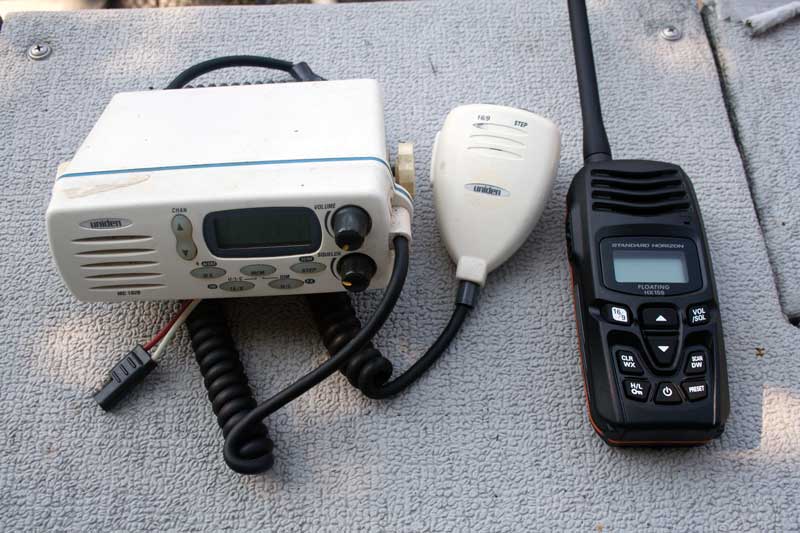Your VHF radio should always be on when you are underway, at anchor, or drifting. It should be set to Channel 16, which is the hailing and distress station and is monitored by the Coast Guard. Channel 16 is not to be used for any other purpose other than hailing another boat or reporting an emergency.

When hailing another boat, tell the captain what channel you will meet him or her on and go there at once. Do not hold a private conservation on Channel 16.
Fishermen are great for talking a lot on the radio. It was even worse when we used the CB sets. We talked so much I don’t know how we had time to fish.
During that time, I was running charters out of Virginia Beach and we fished close to the Chesapeake Bay Bridge-Tunnel. Truckers go over that span, and they would hear us on the CB and try to figure out what the heck we were talking about. If it wasn’t fish it was whose wife was going out with whose husband while her husband was on the water. My son was a mate on a head boat at the time, and they called this soap opera “As the Screw Turns.”
Staying on channel 16 allows you to keep up with weather warnings and also warnings of any boats in trouble in your area. You can switch over to Channel 11 and check the weather, but since you are already on the water, you already know what the weather is and it is seldom what they say it is on Channel 11.
I find the conversations on the VHF channels seldom helpful when fishing. Most of the people on there couldn’t catch a cold in a rainstorm and are just bragging to sound like they know something they don’t. Unless you have set up a contact with a friend and know for sure he is telling the truth, do not believe any of the garbage on the VHF. You’ll end up running all over the Bay or ocean for nothing.
By Eric Burnley